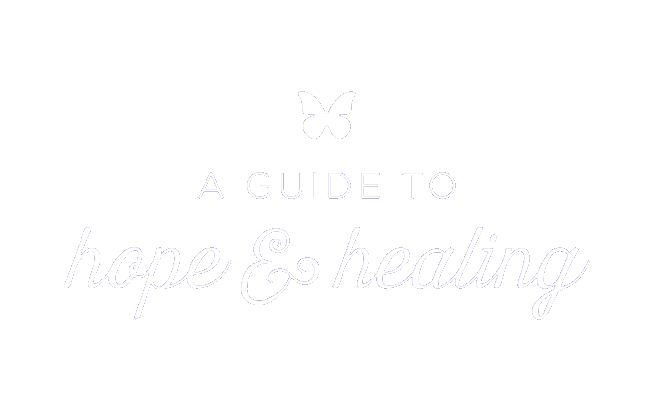MANAGING YOUR CHILD’S SEXUAL BEHAVIOR
Talking to your children can be helpful in fostering healthy development. Be the first person your child talks to about sexuality by creating an open channel of communication throughout childhood and adolescence. Having the correct information is a protective factor for children. (Protective factors are people, places and things that reduce risks and strengthen traits that increase resiliency, or the ability to overcome hardship.) Use the correct terms when discussing body parts and talk about functions of sexual organs in age and developmentally appropriate ways.
Expand the suggestions below for tips when talking to your child about sexual behaviors.

Substitute an acceptable behavior for the unacceptable one (e.g., moving the child’s hand from your breast to your waist or neck).

Encourage a change of scenery or introduce a new activity.

Sometimes it is best to just ignore the unacceptable behavior and then praise the child when she or he moves on to another, more acceptable behavior.

Let your child know when they are interacting respectfully with you and others, when their behaviors are pleasing and when you enjoy their hugs and affection.
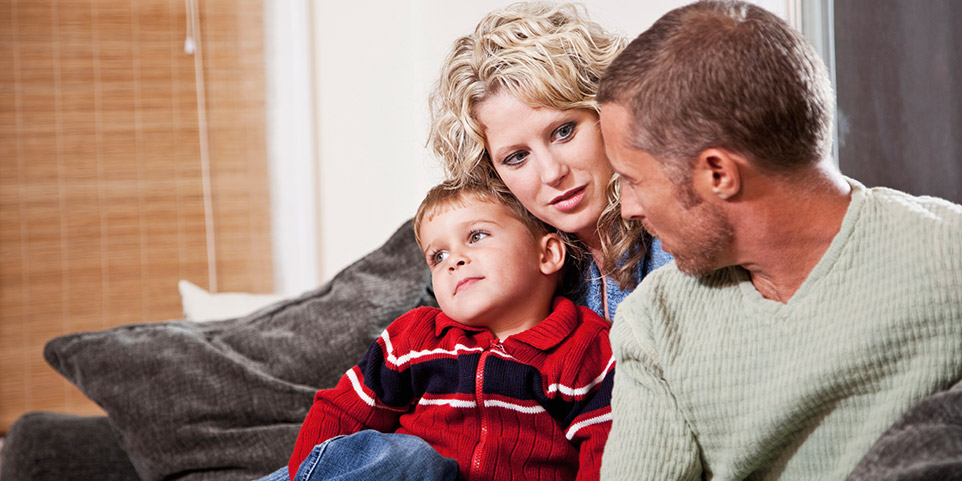
Be warm but firm when setting boundaries. Some examples of boundary setting could include: “you should always put on your underwear before you leave your room” or “you can touch yourself like that in your room, but not in front of other people.”
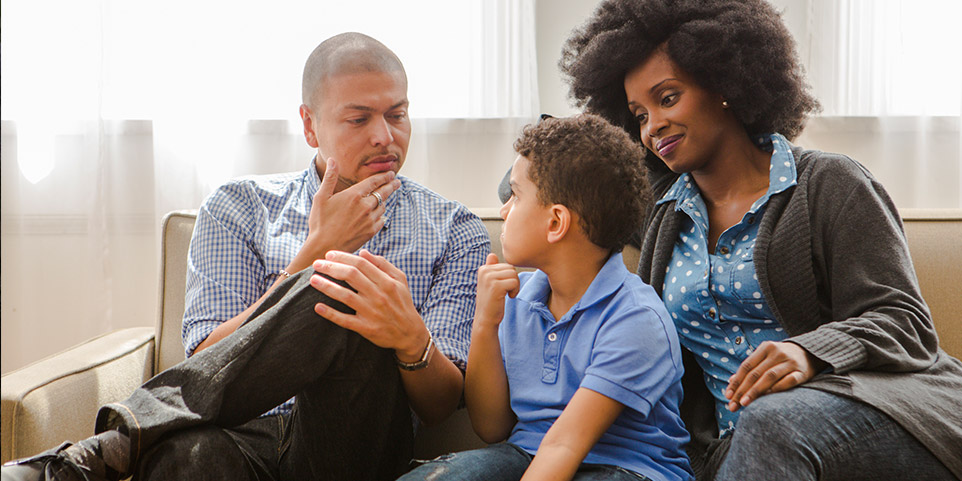
Sharing accurate information can protect your child. Using age-appropriate language, talk to your children about their sexual feelings and body parts; be sure to use the correct words for body parts such as “vagina” or “penis.” This decreases sexual abusers’ ability to manipulate your child. Be your child’s go-to person to talk about sexuality and sexual concerns by creating an open line of communication throughout childhood and adolescence.

Most sexual behavior in children is normal and doesn’t mean your child has been sexually abused or re-abused.

Model acceptable physical touching by sharing affectionate, age-appropriate touch with your child and other members of the family.
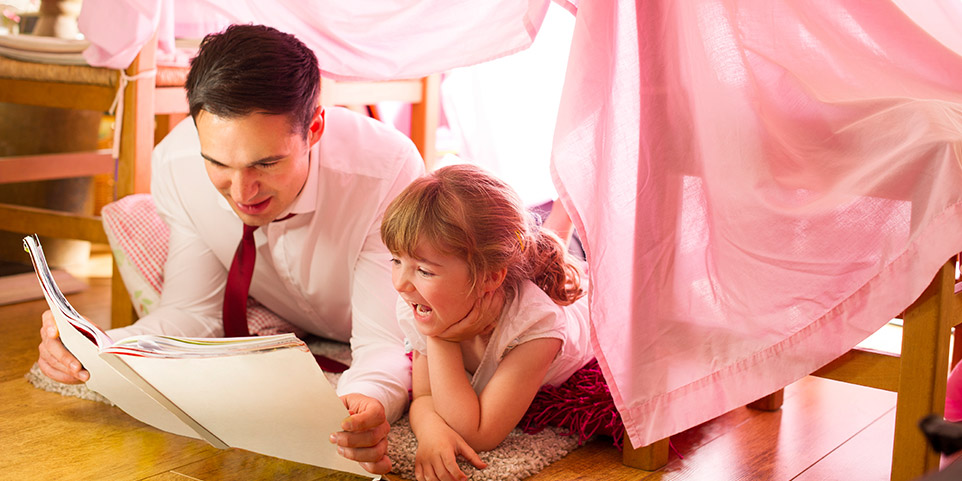
When seeing your child engaged in unacceptable sexual behavior, remain non-judgmental and avoid punishment. You do not want to shame your child but to teach them acceptable sexual behaviors.
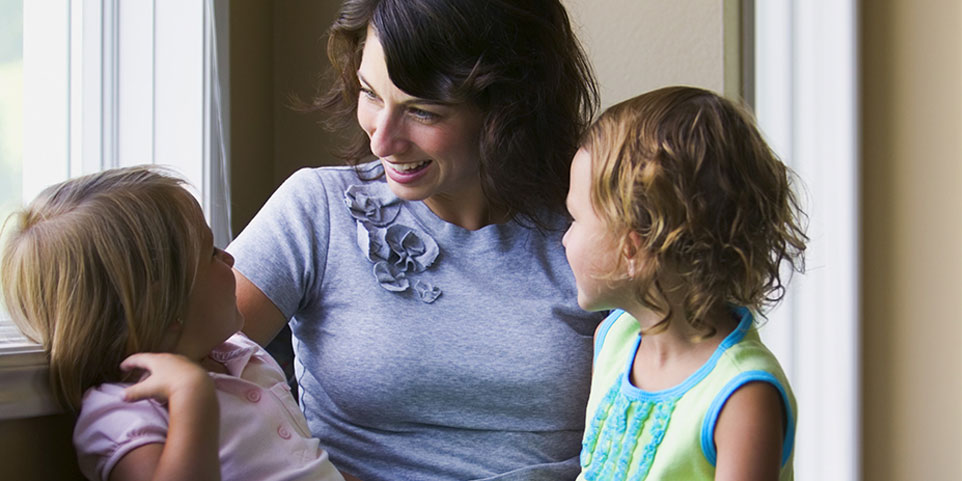
If your child’s behavior is too upsetting, it’s a good idea to take a deep breath and give yourself a timeout. It is okay to delay addressing the behavior until you feel ready to be there for your child in a supportive, calm and non-judgmental way.

Child development resources, such as the chart on the previous page, can help you figure out when your child’s behavior is common for his or her age or when it may indicate a problem.

Listening to your child does not mean you approve of their behavior. Rather, listening to your child may help you gain a better understanding of the behavior. As a rule, listen first and then talk.

Much of children’s learning is done by observing and imitating others, especially people they like and admire. Children are also naturally curious and great mimics. As parents, you are the most important role models in your child’s life. Your child will mimic your behavior and be curious about the things you’re interested in. The more aware you are of your feelings and behaviors – which your child observes and experiences, as when you respond calmly to something triggering – the better able you will be to make choices that support your child’s recovery. In fact, you are the most powerful antidote to the trauma your child has experienced.
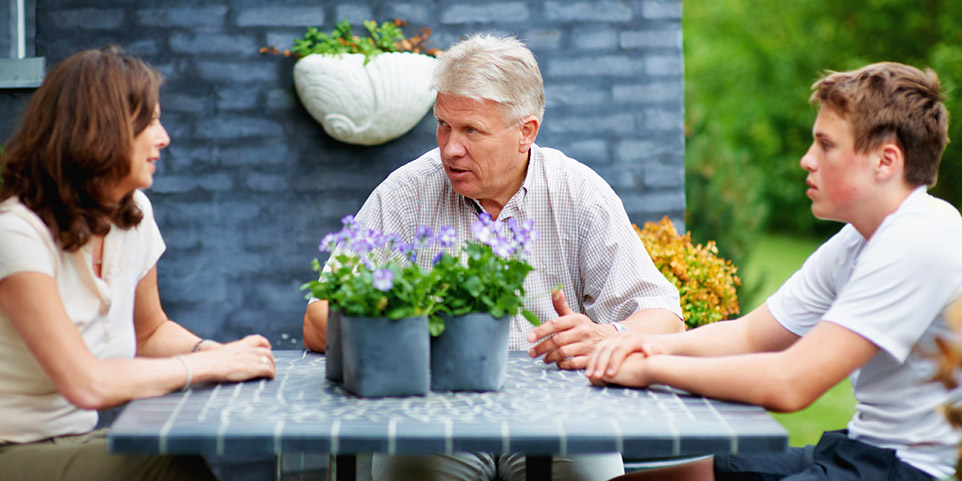
Children who have been victims of sexual abuse display a variety of sexual behaviors that are approximately two to three times greater than children who have not been victims of sexual abuse. If your child has been a victim of sexual abuse and is now acting out sexually on another child, understand that it is common under the circumstances, but needs to be immediately addressed with the help of your local Children’s Advocacy Center to protect both children.

The acting-out behaviors commonly exhibited by children who have been victims of sexual abuse often do not occur for months, or even years, after the abuse occurred. If you observe sexual behaviors that are uncommon or inappropriate, it does not necessarily mean your child has been re-abused. Rather, it could just be a delayed reaction to the initial abuse. Seek guidance and individualized recommendations from your local Children’s Advocacy Center.
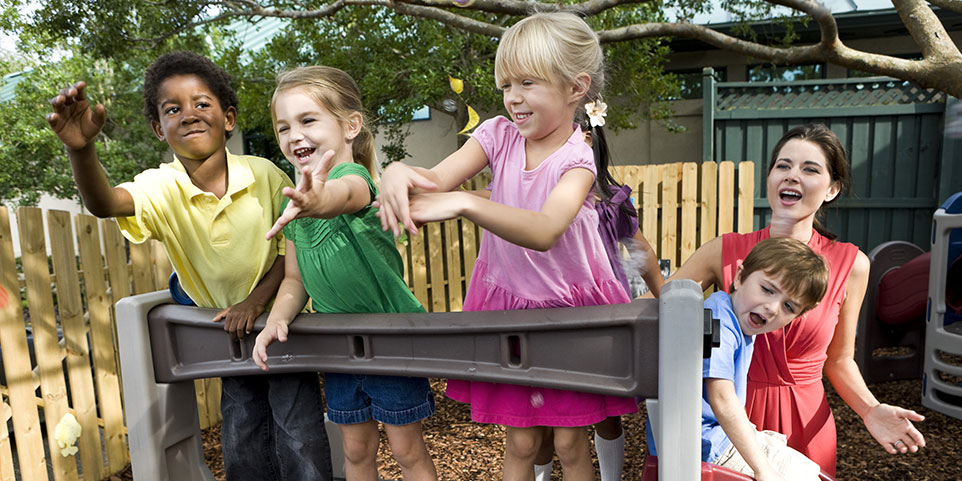
Sexual behaviors often increase when a child faces life stressors such as the birth of a sibling, placement in child care, family conflict or a move to a new home. Show understanding for the stress your child is facing, but also let them know what is and is not acceptable sexual behavior and set boundaries that reflect your family’s values.
In Crisis?
FLORIDA : Florida Council Against Sexual Violence
Crisis Hotline : 1.888.956.RAPE (7273)
UNITED STATES : RAINN (Rape Abuse Incest National Network)
Crisis Hotline : 1.800.656.HOPE (4673)
Lauren’s Kids is a 501(c)(3) nonprofit organization, tax I.D. number 26-1252588. Read our Privacy Policy. View A Guide to Hope and Healing references. Visit LaurensKids.org to learn more.
©2021, LAUREN’S KIDS. ALL RIGHTS RESERVED.
